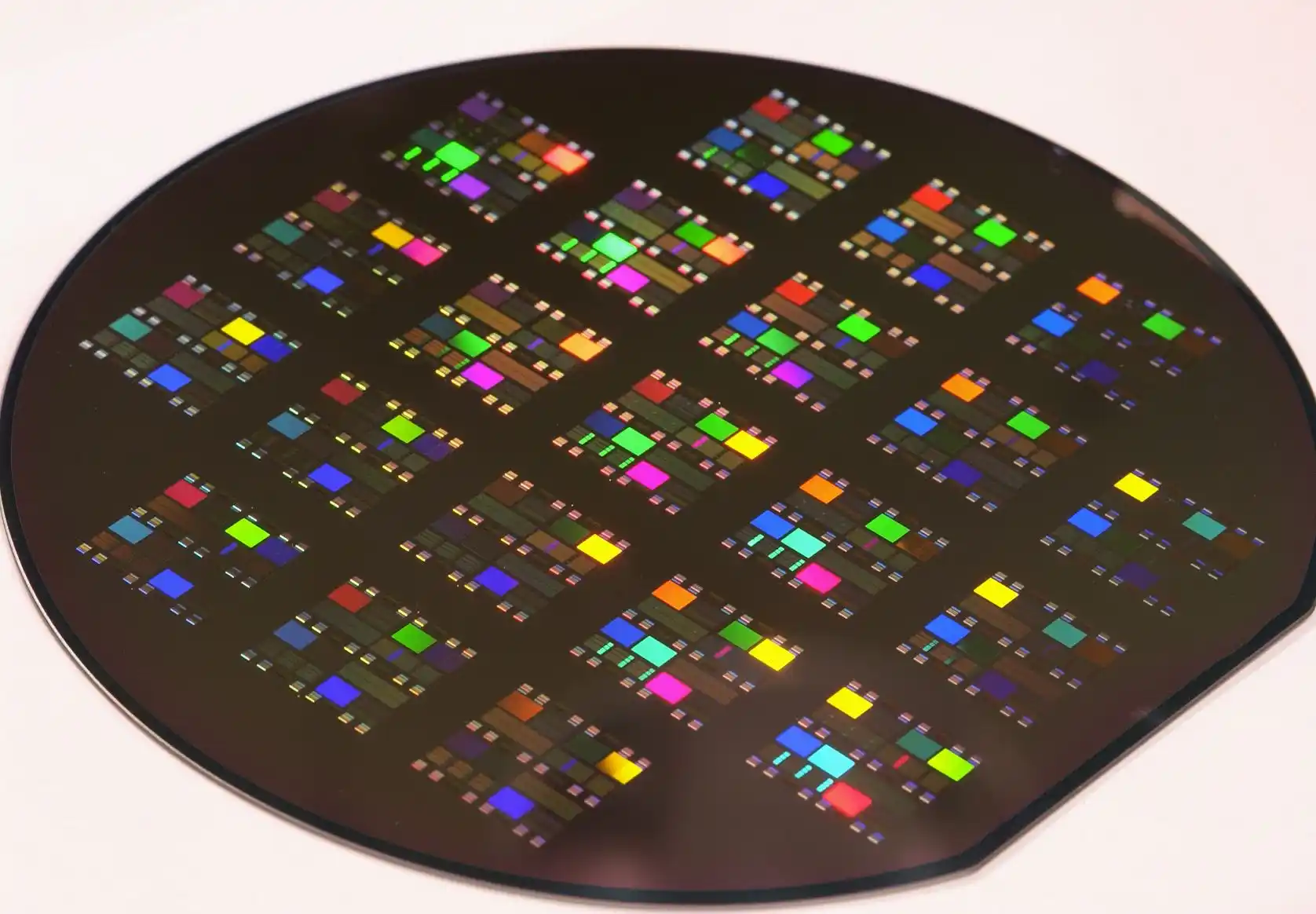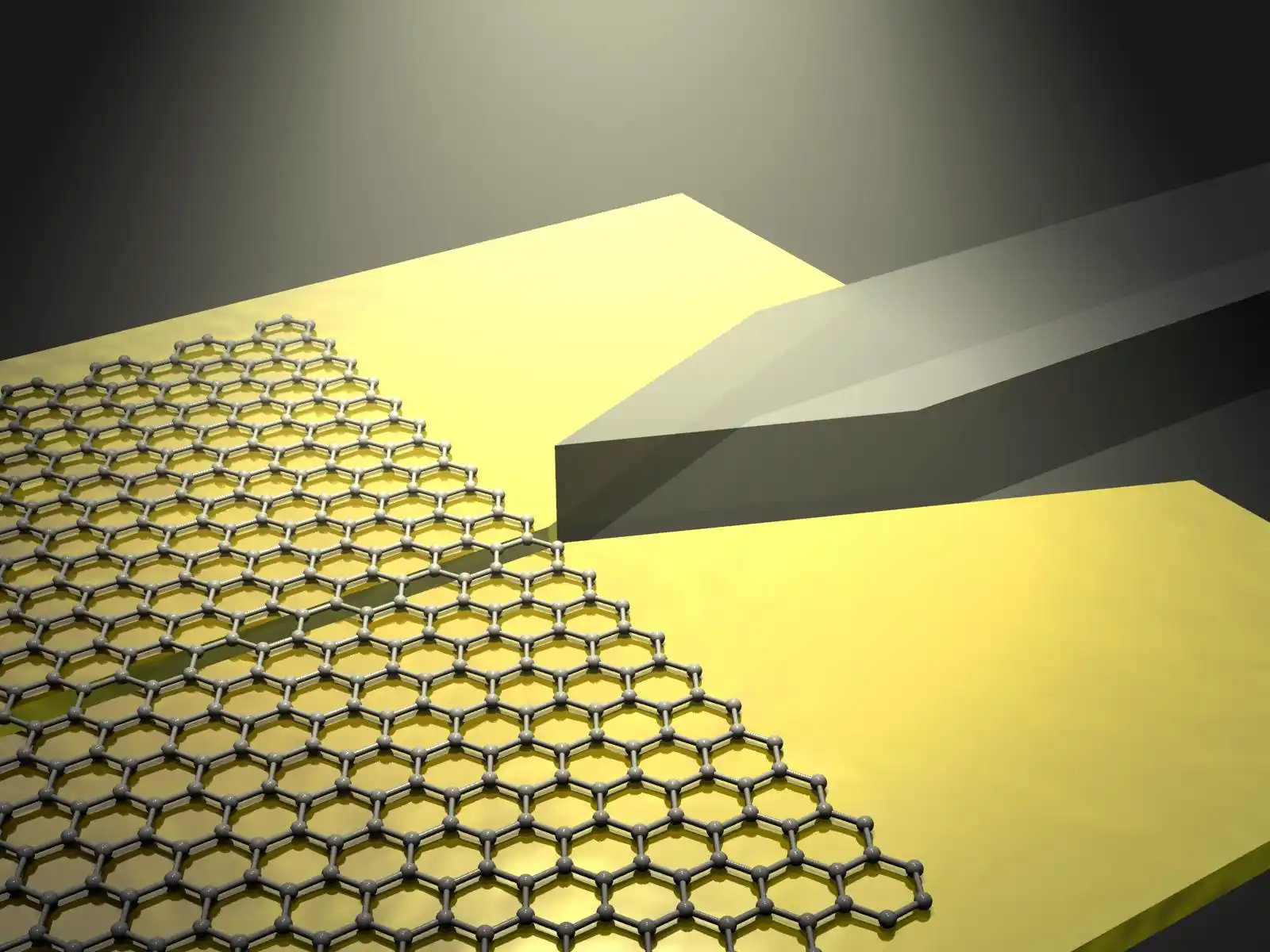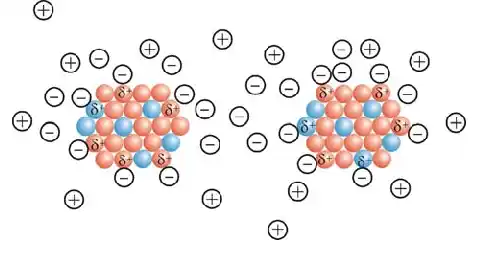افشین رشید
اُستادیار ؛ عضو هیات علمی دانشگاه آزاد اسلامی واحد علوم و تحقیقات تهران
615 یادداشت منتشر شدهThe Range of ۱ to ۱۰۰۰ nm (Nanometer) is introduced as The Range of Self-organized Electrical Nanostructures (DND)

Note: The range of 1 to 1000nm is introduced as the range of self -organized electrical nanostructure DND , an important feature of nanostructures is the control of self-organization processes. The range of change of nanostructure activity depends on the nature and shape of the nanostructure.
However , if the energy of the nanoparticle field is comparable to the energy of the electromagnetic radiation and if significant changes occur in the irradiated material within a certain wavelength range due to chemical reactions, the activity of nanoparticles can be significant up to 100 nm. Nanostructures and self-organized electrical nanostructures DND The electronic properties of the two regions are "protected" in a special, so-called topological, way. Thus, a new, very strong quantum state is created in the transition region. This localized electronic quantum state can now be used as a key feature for the production of specific semiconductors, metals or insulators - and possibly even as a feature in nanoelectronics. The shapes and sizes of self-organized electrical nanostructures DND are naturally determined by their composition and formation conditions. The properties of the nanostructures, in turn, determine the originality of the nanostructure properties and their possible fields of application .

Self-organized electrical nanostructures (SANs) can be defined as materials that have at least one external dimension in the range of 1 to 100 nm. And the particle size of at least half of the particles in the number size distribution must be 100 nm or less. Nanostructures can occur naturally, be formed as by-products of combustion reactions, or be purposefully engineered to perform a specific function. These materials can have different physical and chemical properties from their original bulk counterparts. The versatility of nanostructures in terms of their ability to model catalytic reactions in their conductive nanoparticle for specific needs highlights their utility. An additional advantage is their high porosity, which increases the demand for their use in many nano-microelectronic industries. The use of nanostructures is widespread in a wide range of industries and consumer products. In science, the nanostructure of materials characterizes the relationships between the atoms, ions, and molecules that make up that material. To understand the structure of materials, one must first understand the type of connections between atoms and ions . Chemical bonds determine the way atoms and ions are connected. Therefore, the difference between different types of connections can be observed in the characteristics of these bonds. Of course, it is important to note that the intensity of the electromagnetic field (specifically the intensity of the electric field) decreases exponentially with distance from the surface of the metal nanoparticle. In this created nanovolume, the electromagnetic field is localized, compressed, and enhanced.

Conclusion :
The range of 1 to 1000 nm is introduced as the range of self-organized electrical nanostructures (DNDs) . An important feature of nanostructures is the control of self-organization processes. The range of change in the activity of nanostructures depends on the nature and shape of the nanostructure.